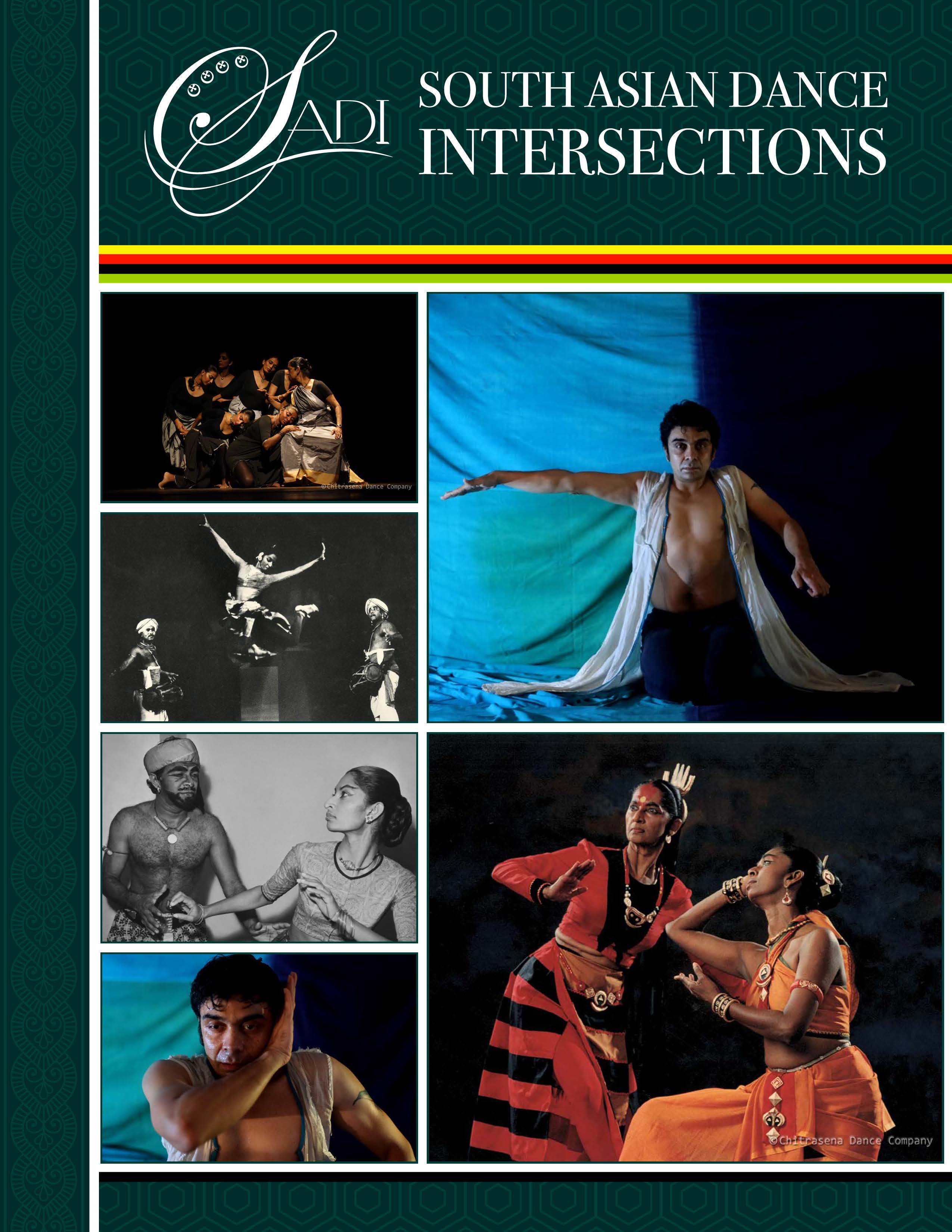Crossroads
DOI:
https://doi.org/10.55370/sadi.v1i1.1470Abstract
South Asian Dance Studies has emerged as an international site for critical debates about various intersections of identity, power, media, and globalization. This multidisciplinary academic space is also a site for the intersections of theory and praxis/practice, criticality, and creativity. Yet, this arrival of South Asian Dance Studies is happening in a world daunted by political polarization and authoritarianism, inequalities deepened due to the pandemic, wars, refugee and environmental crises, a severe economic and political breakdown in Sri Lanka, and the changing political atmosphere in India—filled with instability, violence and divisive identity politics.
Writing about dance and its history, or even its relevance, needs new methodological frameworks that, at once, give us the ability to speak from within as well as outside. This changing scenario requires the placing of dance within the framework of intersectionality as a survival strategy against the totalitarian reframing of ideas of culture, history, gender, class, caste, human rights and the politics of assertive and often violent marginalizations. Although not directly connected to any of these issues, the three essays below are situated within these discursive spaces that we are calling crossroads. We envision them as sites for interventions.


